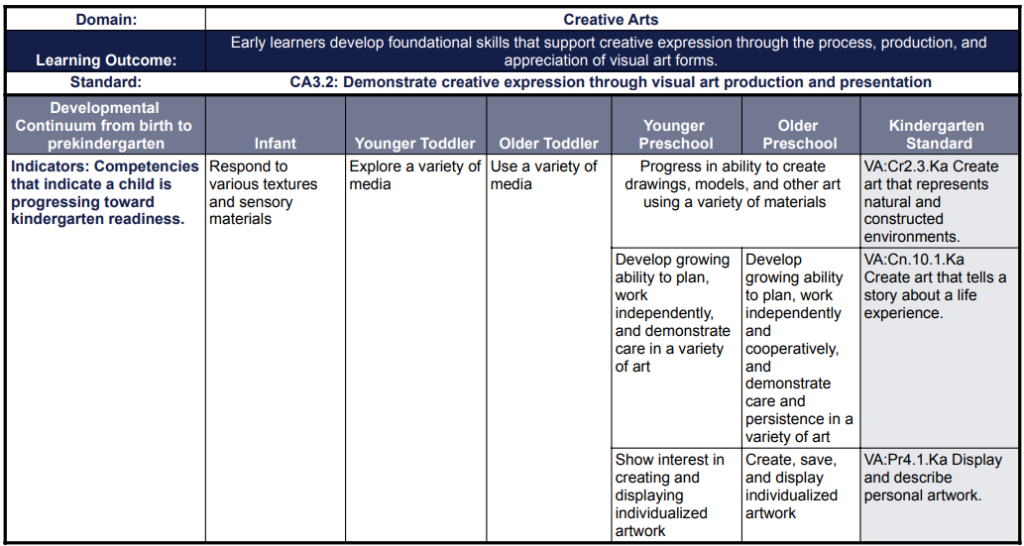Family child care providers are more likely than most early childhood educators to work with mixed age groups, which can broaden the differences in abilities to plan for. But all children develop at different rates, with different interests and abilities, so even when an activity is only for three-year-olds, the particular three-year-olds who are participating are going to determine the types of adaptations and levels that are planned for.
When writing a lesson plan, including adaptations for children who need more assistance or more challenging stimulation can seem daunting at first, but soon will become second nature. Consider the following factors when planning appropriate modifications– we’ll test it out on a planned activity after:
- Safety first! Are the children using risky tools (hammers/nails, hot glue, etc.) that could be misused if a child’s attention, impulse control, or motor skills are not at a certain level? Consider partnered work, having one “helper,” adapting tools (loop scissors instead of regular scissors, tacky glue instead of hot glue), or working hand-over-hand.
- Look at your goal for the activity: have any of the children already accomplished it? Is it too far out of the zone of proximal development for some children to attempt? Are there smaller steps those children can take to meet that goal?
- What can children who finish early do? Have a plan for the ones who lose interest early as well as the ones who want to keep working and experimenting.
SAMPLE ACTIVITY & INDIVIDUALIZED ADAPTATIONS:
Audience: Children 2-5 years old
Activity: Tissue paper collage on contact paper
Learning Outcomes (from IN Early Learning Standards):
Adaptations: Children will be offered pencils and loop scissors, as well as traditional safety scissors, to create and cut out designs from tissue paper. Children will be encouraged to tear the paper by hand if not yet able to use scissors consistently. Children may work with the contact paper at easels, on the table, or on trays on the floor to allow optimal body positioning. Children can work until finished, and those who finish first/early may wash up and move on to open centers for free play.
When planning a child-focused curriculum, it’s important to notice how children are using the materials. This observation form is made to be used repeatedly over the course of a week or two to allow providers to notice how children are using materials, and plan what additional materials or provocations can be added to extend childrens’ interests. There are also spaces to note early learning standards that children are addressing through interacting with the centers.
Like most other states, Indiana has published Early Learning Standards to help early childhood educators understand what children should be learning as they grow. This document can be intimidating at first for providers who want to use it for their curriculum planning. In this three-part series, we will look at:
- Finding what learning is already naturally happening in your environment
- Creating a lesson plan to address learning content that may not be present
- Sharing with families how and what children are learning in your program.
This series is designed to be brief; each video is only about five minutes long and will help providers identify meaningful learning experiences in their environments.
A curriculum is everything you do with children throughout the day. This includes routines, guided activities as well as available activities, conversations, media, and more. There are many ways to create a curriculum that engages children and builds on their interests while meeting their developmental needs and state standards.


